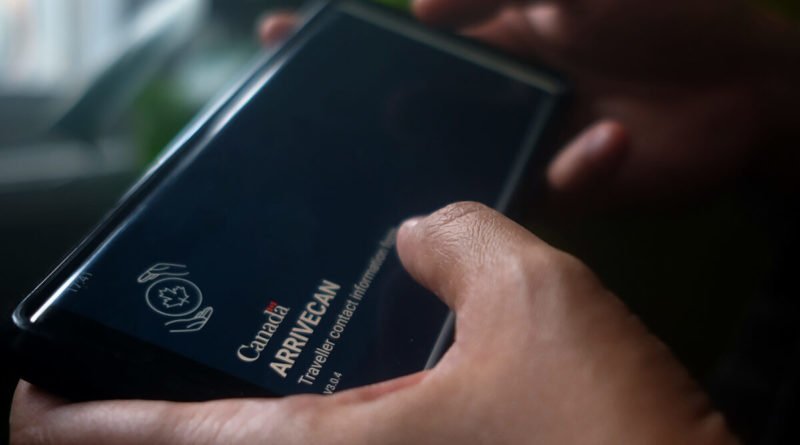Voluntary ArriveCAN Use Remains Low Even After New Airports Added

The number of travellers who use ArriveCAN to enter Canada has dropped significantly since the program was made voluntary, even though the government has been steadily adding new airports to entice travellers to use the service, according to a new paper tabled in the House of Commons.
The paper, dated June 2, indicates that since the federal government dropped the mandatory requirement for ArriveCAN in September 2022, the majority of air travellers are not using the program. The service was initially only available at the airports in Vancouver, Toronto Pearson, and Montreal. It has now been expanded to airports in Winnipeg, Halifax, Quebec City, Calgary, Edmonton, Mississauga, Ottawa, and Toronto’s Billy Bishop, but only 11 percent of air travellers are participating in the program, even with more airports on the list.
By February, only 15 percent of travellers submitted an advance declaration. This number has fallen further since March, when the number of travellers using ArriveCAN had dropped 50 percent overall.
For example, only 1 percent of air travellers entering Halifax International Airport filed with ArriveCAN between Jan. 1 and April 15. Edmonton International Airport, James Armstrong Richardson International Airport, Billy Bishop Toronto City Airport, and Ottawa International Airport saw less than 1 percent of travellers use ArriveCan.
The highest compliance with using the program was 52 percent of visitors to Pearson International Airport in Mississauga, Ontario, and 23 percent of passengers arriving at Pierre Elliott Trudeau International Airport in Dorval, Quebec.
At Vancouver International Airport, 17 percent of travellers used ArriveCan, and Calgary International had 3 percent use.
According to Canada Border Services Agency (CBSA), ArriveCAN is voluntary, and offers an advanced declaration for travellers who want to “save time by providing their customs and immigration declaration to the CBSA in advance at 10 Canadian airports.”
The CBSA suggests that the average processing time is 30 percent faster with use of the advanced declaration function within ArriveCAN.
The CBSA is aiming to increase the digitization of the border and the usage of ArriveCAN and other new technologies.
ArriveCAN is currently only available at airports but the government intends to expand it to land borders. No time line was given for the move. CBSA is also working on new facial recognition with applications but has not said if that will be part of the ArriveCAN program.
Air Canada in February started implementing voluntary digital identification using facial recognition through the Air Canada app for select in-country flights.
Noé Chartier contributed to this report.




